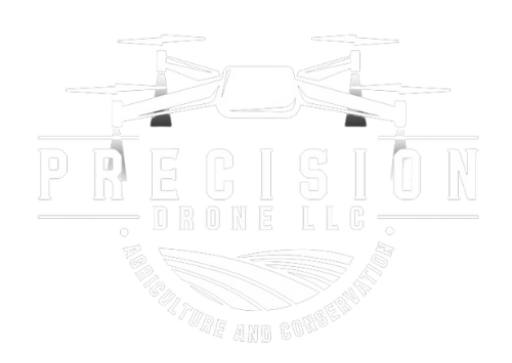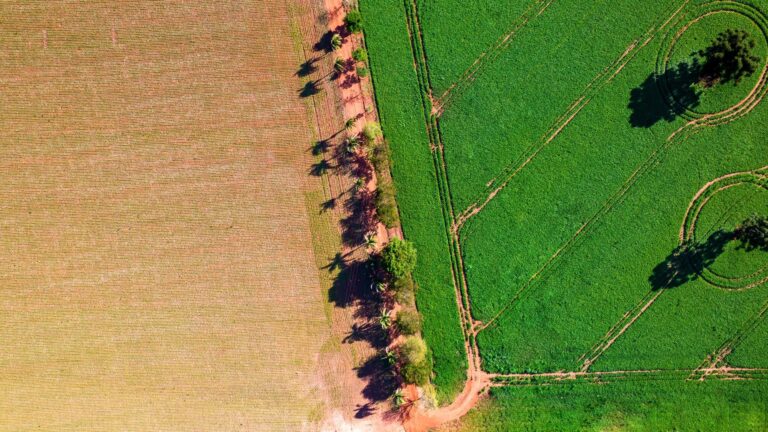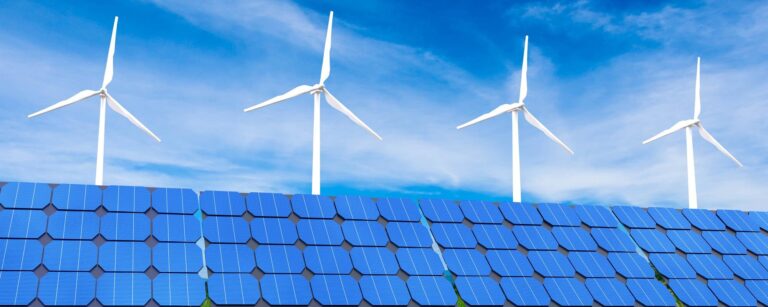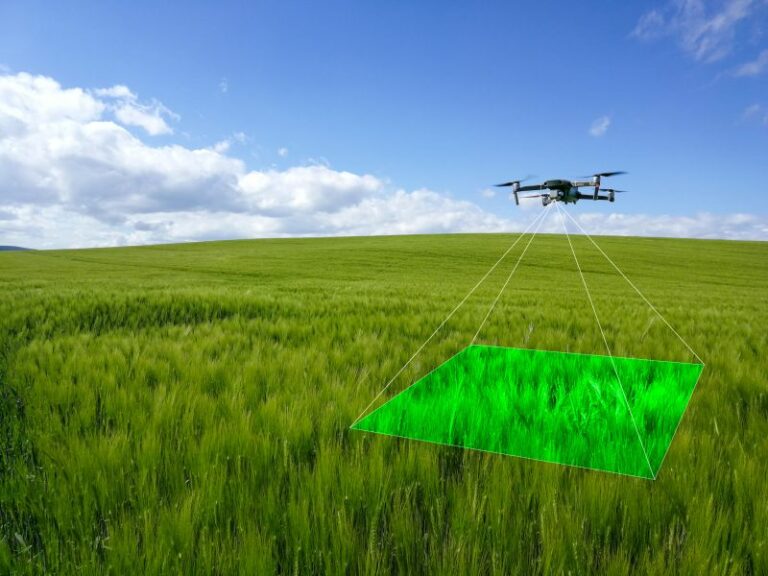Elevate Your Conservation Efforts: The Impact of Advanced Aerial Solutions on Natural Resource Management
In today’s rapidly evolving world, the integration of technology into conservation efforts has become more crucial than ever, and at the forefront of this innovation is the use of advanced aerial solutions. Precision Drone LLC is transforming natural resource management with state-of-the-art agricultural drone services, offering unparalleled tools for precise monitoring and targeted applications. By employing drones for comprehensive surveying, we empower conservationists and land managers to optimize sustainability and efficiency in their operations. Our commitment to enhancing Michigan’s agricultural and environmental sectors is evident in our ability to deliver superior results, whether through optimizing crop health or conducting critical surveys. This post will delve into the remarkable impact of drone technology on resource management, exploring how these advancements are reshaping the landscape of conservation with precision and care.
Transforming Conservation with Drones
The advent of drones has revolutionized conservation, offering unprecedented precision and efficiency. By integrating advanced aerial solutions into conservation strategies, organizations can enhance monitoring, application, and surveying processes. This section explores various aspects of drone technology and how it is transforming the field of conservation.
Precision Monitoring Techniques
Precision monitoring involves using drones equipped with high-resolution cameras and sensors to gather detailed data. This data can include anything from vegetation health to animal populations.
Drones allow for real-time tracking of changes in ecosystems, enabling adaptive management strategies. They provide a bird’s-eye view, capturing comprehensive data that would be challenging to gather on foot.
The use of drones reduces the need for manual data collection, which can be labor-intensive and less accurate. By automating monitoring, drones enhance the precision of data collected, leading to better-informed conservation efforts.
Targeted Applications for Resource Management
Drones offer targeted applications that can significantly enhance resource management. By applying treatments directly where needed, drones minimize waste and maximize efficiency.
-
Identify Problem Areas: Drones can quickly pinpoint areas in need of attention, such as pest infestations or water shortages.
-
Deliver Interventions: With precision, drones can apply pesticides or fertilizers directly to affected areas.
-
Monitor Results: Post-application, drones can assess the effectiveness of interventions, allowing for adjustments as necessary.
This targeted approach not only conserves resources but also minimizes environmental impact.
Comprehensive Surveying Innovations
Surveying innovations using drones have transformed data collection methodologies, offering accuracy and speed. Drones can survey vast areas in a fraction of the time compared to traditional methods.
These innovations have led to more frequent and detailed surveys, providing a clearer picture of environmental changes. Drones can navigate difficult terrains, ensuring that no area is left unmonitored.
By employing advanced aerial surveys, organizations gain insights into land use, water bodies, and biodiversity, facilitating informed decision-making.
Agricultural Drone Services Explained
Agricultural drone services are reshaping the landscape of farming. They provide invaluable tools for crop monitoring, resource management, and sustainability. This section delves into the benefits and intricacies of these services, including cost considerations and their role in enhancing agricultural practices.
Benefits for Crop Health Optimization
Crop health optimization is a primary benefit of agricultural drones. By providing precise, timely data, drones help farmers maintain healthy crops.
With multispectral sensors, drones can assess plant health, detecting issues like disease or nutrient deficiencies early. This enables proactive measures to protect and enhance crop yield.
Farmers can use drone data to make informed decisions about irrigation, fertilization, and pest control, leading to healthier, more productive crops.
Understanding Agriculture Drone Services Pricing
When considering agriculture drone services, understanding pricing is crucial. Pricing can vary based on factors like the type of service, the technology used, and the area covered.
-
Service Type: Monitoring, surveying, or application.
-
Technology: Basic imaging or advanced sensors.
-
Coverage Area: Larger areas may incur higher costs.
It’s essential for stakeholders to weigh these factors against potential benefits, ensuring that investment in drone services aligns with their operational needs and budget.
Enhancing Sustainability in Agriculture
Drones play a pivotal role in enhancing sustainability within agriculture. By optimizing inputs and reducing waste, drones contribute to more sustainable farming practices.
Drones help manage resources efficiently, ensuring that water, fertilizer, and pesticides are used judiciously. This minimizes environmental impact and supports long-term agricultural viability.
Moreover, drones can support regenerative agriculture practices, helping to restore soil health and biodiversity, which are critical for sustainable farming.
Advanced Aerial Solutions for Natural Resources
Advanced aerial solutions are pivotal in managing natural resources effectively. By offering innovative tools for monitoring and management, drones help conserve resources and protect the environment. This section explores the strategies and innovations drones bring to natural resource management.
Efficient Resource Management Strategies
With drones, resource management becomes more efficient, as they provide accurate data and insights. Drones help identify resource-rich areas and monitor usage, aiding in sustainable management.
-
Real-time Monitoring: Track resource levels and changes.
-
Precision Interventions: Apply treatments or resources efficiently.
-
Data-driven Decisions: Use insights for strategic planning.
These strategies ensure that resources are conserved and utilized optimally, supporting both economic and environmental goals.
Innovations in Environmental Monitoring
Environmental monitoring innovations through drones offer comprehensive data collection and analysis. Drones equipped with various sensors can track weather patterns, pollution levels, and habitat conditions.
These innovations lead to better understanding and management of environmental challenges. Drones can also monitor remote areas, providing critical data that might otherwise be inaccessible.
By integrating drone data into environmental policies and practices, organizations can address issues proactively and effectively.
Case Studies in Resource Management
Several case studies highlight the success of drones in resource management. These examples showcase the versatility and impact of drone technology.
-
Forest Management: Drones have been used to monitor forest health and track illegal logging.
-
Water Conservation: In agriculture, drones help optimize water use, reducing waste.
-
Wildlife Protection: Drones observe wildlife without intrusion, supporting conservation efforts.
These case studies demonstrate the practical benefits of drones, offering valuable lessons for future projects.
Supporting Michigan’s Agricultural Sector
In Michigan, drones are making a significant impact on agriculture. By improving productivity and sustainability, they support the sector’s growth and resilience. This section explores how drones are enhancing agricultural practices in Michigan.
Enhancing Productivity with Drone Technology
Drones enhance productivity by streamlining agricultural operations. They provide quick, accurate data that helps farmers make timely decisions.
By automating tasks like surveying and monitoring, drones free up resources, allowing farmers to focus on other critical activities. This leads to increased efficiency and yield.
Furthermore, drones enable precision agriculture, ensuring that inputs are used effectively, which boosts overall productivity.
Sustainable Practices for the Future
Sustainability is a key focus for Michigan’s agriculture sector. Drones support sustainable practices by reducing environmental impact and promoting efficient resource use.
By optimizing inputs, drones help minimize waste and avoid overuse of chemicals. This not only protects the environment but also aligns with sustainable agricultural practices.
Drones also support the development of sustainable supply chains, ensuring that products are grown and distributed in an eco-friendly manner.
Collaborating with Local Stakeholders
Collaboration with local stakeholders is crucial for the success of drone initiatives. By working with farmers, government agencies, and tech companies, Michigan can maximize the benefits of drone technology.
Stakeholders can share insights and resources, fostering innovation and adoption of best practices. This collaborative approach ensures that drones are used effectively to support agriculture in Michigan.
Through partnerships, stakeholders can also advocate for policies that facilitate drone use and address potential regulatory challenges.
Future of Drone Technology in Conservation
The future of drone technology in conservation is promising. As technology advances, drones will play an even more significant role in sustainable resource management. This section looks at emerging trends, challenges, and a vision for the future of drones in conservation.
Emerging Trends and Developments
Emerging trends in drone technology include advancements in sensor capabilities, data processing, and autonomous operations. These developments will enhance the effectiveness of drones in conservation.
Trends to Watch:
-
Enhanced AI for better data analysis.
-
Improved battery life for longer missions.
-
Autonomous drones for more efficient operations.
These trends will drive innovation, offering new opportunities for conservationists to protect and manage resources.
Overcoming Challenges in Drone Implementation
While drones offer numerous benefits, there are challenges to their implementation. Addressing these is crucial for maximizing their potential.
Challenges Include:
-
Regulatory hurdles that may limit usage.
-
Technical issues like battery life and signal interference.
-
Public perception and privacy concerns.
Overcoming these challenges requires collaboration between stakeholders, investment in research and development, and effective communication of the benefits of drone technology.
Vision for Sustainable Resource Management
The vision for sustainable resource management with drones is one of integration and innovation. By combining drone technology with other tools and practices, we can achieve more sustainable management of natural resources.
Key Components:
-
Integration with IoT devices for comprehensive monitoring.
-
Use of data analytics for predictive insights.
-
Collaboration with local communities for inclusive management.
This vision emphasizes the need for continuous improvement and adaptation, ensuring that drones remain a vital tool in conservation efforts.






